A Visit to King Car Kavalan Distillery in Yilan, Taiwan
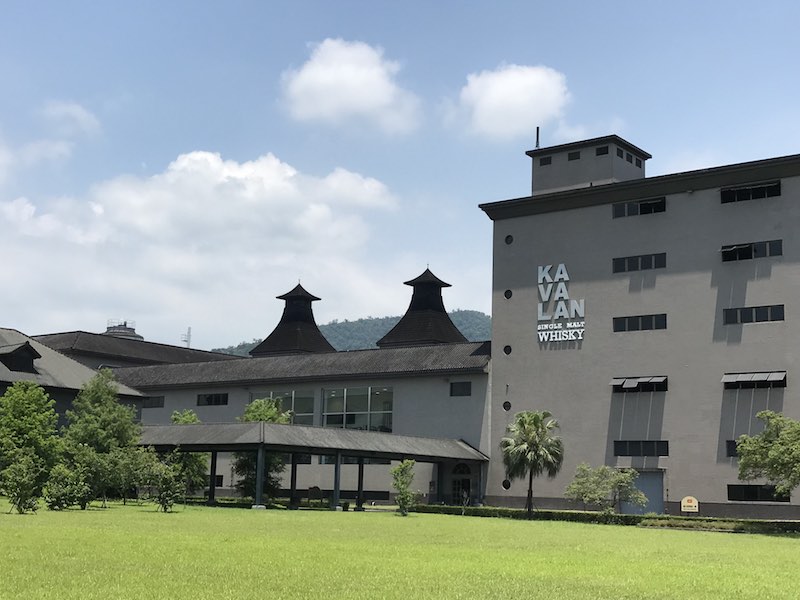
Kavalan Distillery from afar
We visited Kavalan Distillery in Yilan during our trip to Taiwan in May. It was a rather long journey from Taipei as we needed to take a local commuter train from Taipei to Yilan. After that, we took a cab from the station to the distillery. The drive took 22 minutes! Thankfully, we started our day early and arrived at the distillery 10 minutes before 11 am.
The cab driver dropped us at the main entrance, and we walked into a building that looked like a colonial house from the past. What greeted us when we went in was this.

It was a crisp, clean look with an impressive, awe-inspiring feel to it. Behind the two doors that you could see in the back of the picture was an auditorium.
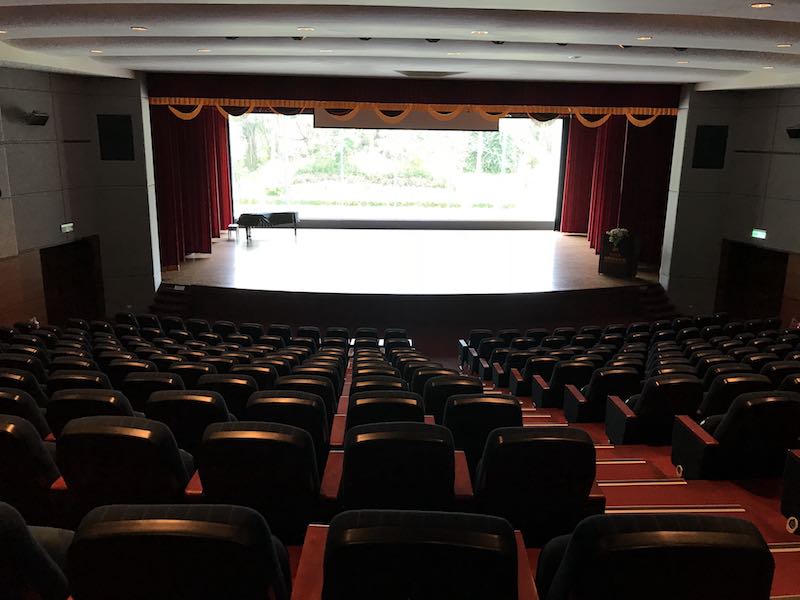
I love this auditorium because the glass behind the stage allow everyone to look outside and enjoy the view of the lush greenery.
Searching for the Distillery Tour
After a short exploration, we approached the staff at the main building and asked about the tour. She told us that it would start at every hour, and adviced us to wait for the tour. As we planned to take the 1 pm tour, we decided to go for a meal at the Mr Brown’s Cafe first, which was at the far end of the distillery grounds. When we returned from lunch, we waited for the tour to start. They ushered us into another big room where we spent 10 minutes watching a film about King Car Group, the parent company of Kavalan Distillery. The Group is enormous, with businesses in all kinds of beverages and insecticides (they started the group with pesticides).
After the film, all of us waited with anticipation for the tour guide – who never came! The staff informed us that it was a self-guided tour and we could walk around by ourselves! We were bummed! To be honest, we were a little annoyed at the lady as she did not tell us in advance. We could have started the self-guided tour without going back to the main entrance! So, we tracked our way back to the distillery again.
The Distillery “Tour”
It was disappointing that there wasn’t a tour guide but the state of the distillery tour made it worse. To be fair, there was a lot of information available, but all of them were general, and there was nobody stationed there for visitors to ask questions. Furthermore, there wasn’t any information about their production process. Here are some of the pictures from the distillery.
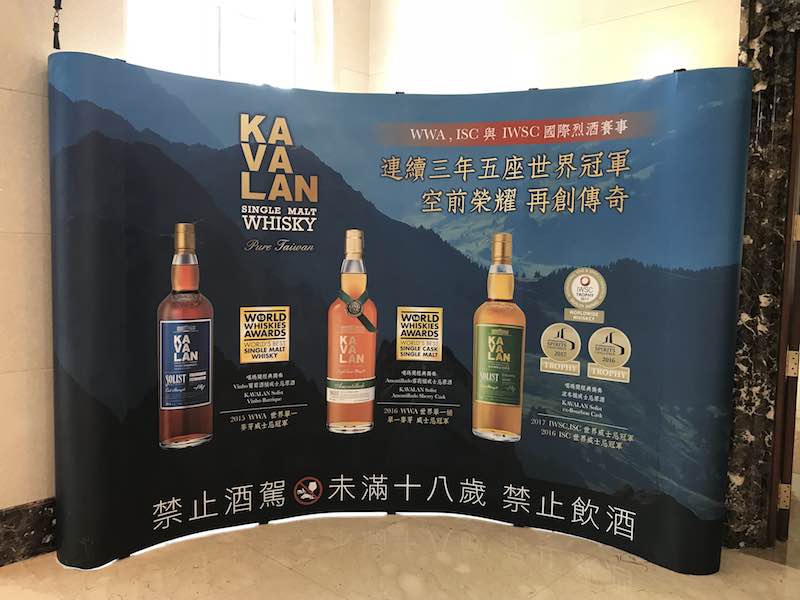
The awards that Kavalan won
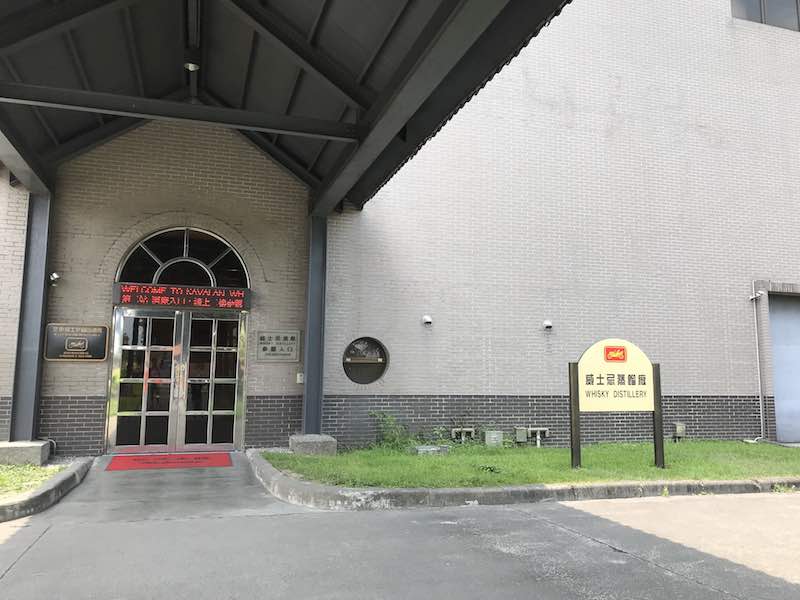
Entrance to the distillery
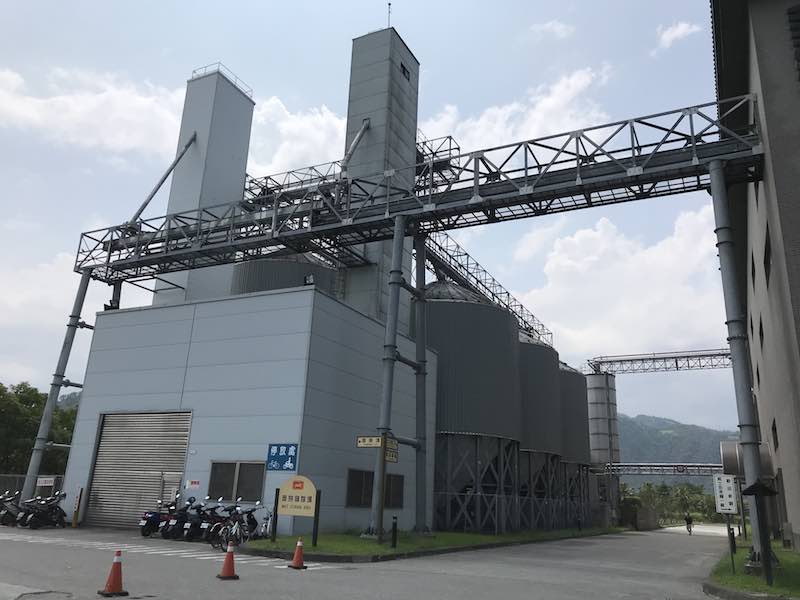
Barley Storage
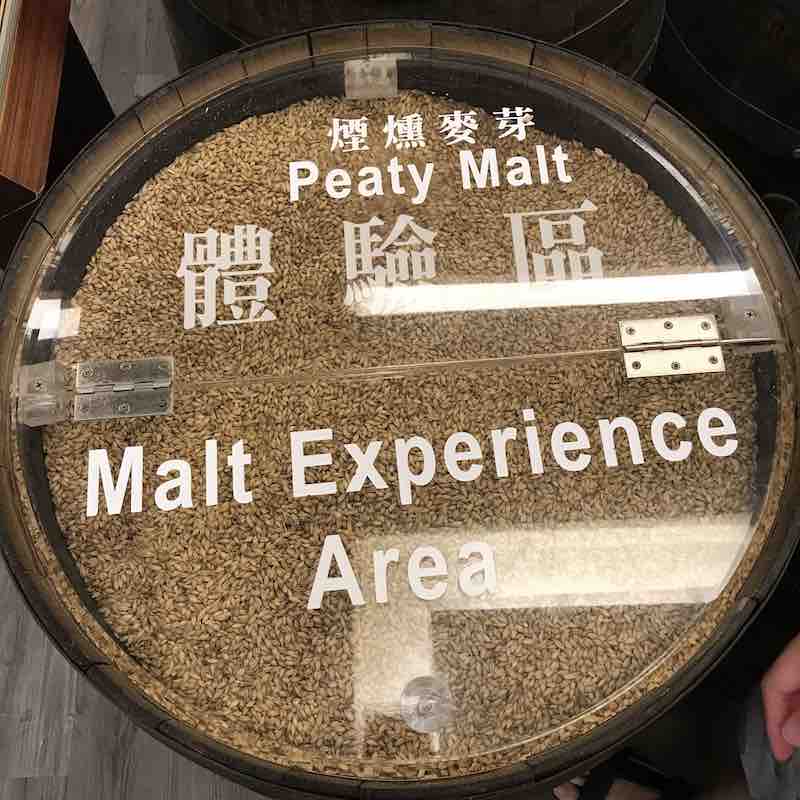
Peaty Malt
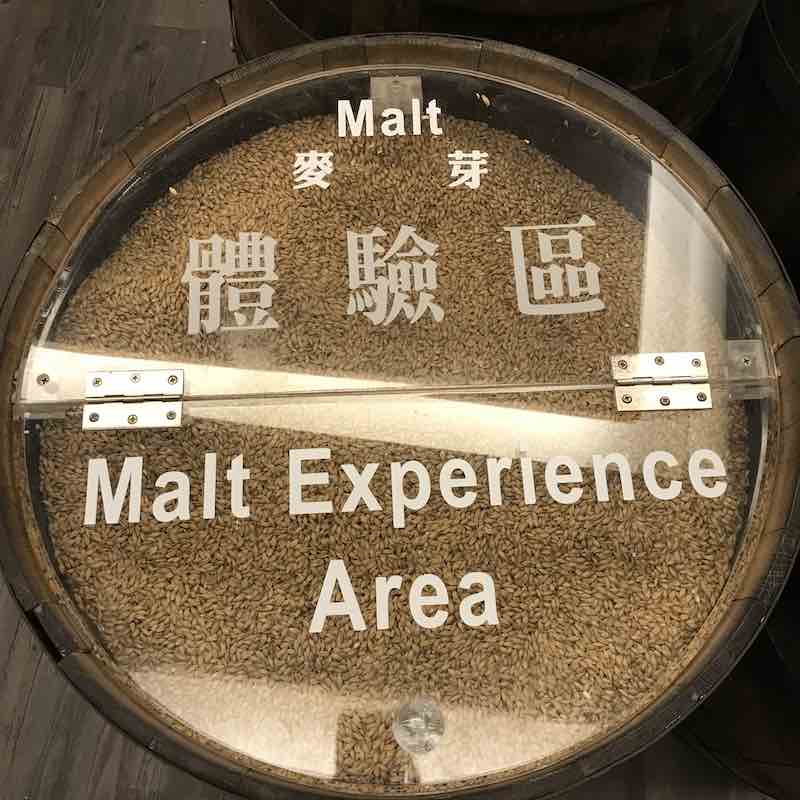
Regular Malt
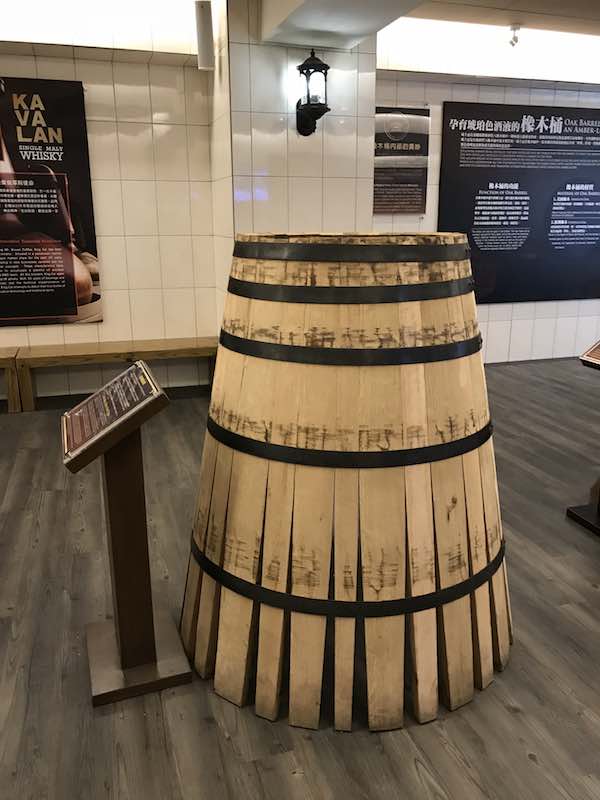
A half completed cask
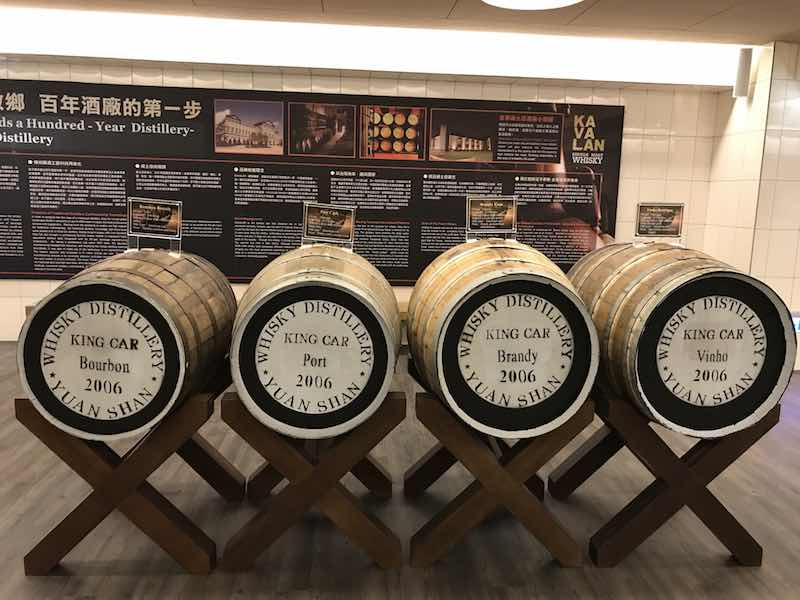
Different casks used in Kavalan
We understood that Kavalan makes their casks in a cooperage within the distillery. We also managed to see a machine that appears to be charring the barrels. However, we did not manage to explore further as we did not have enough time after wasting time waiting for the film at the main entrance. Moving on to the production line, these were what we found.
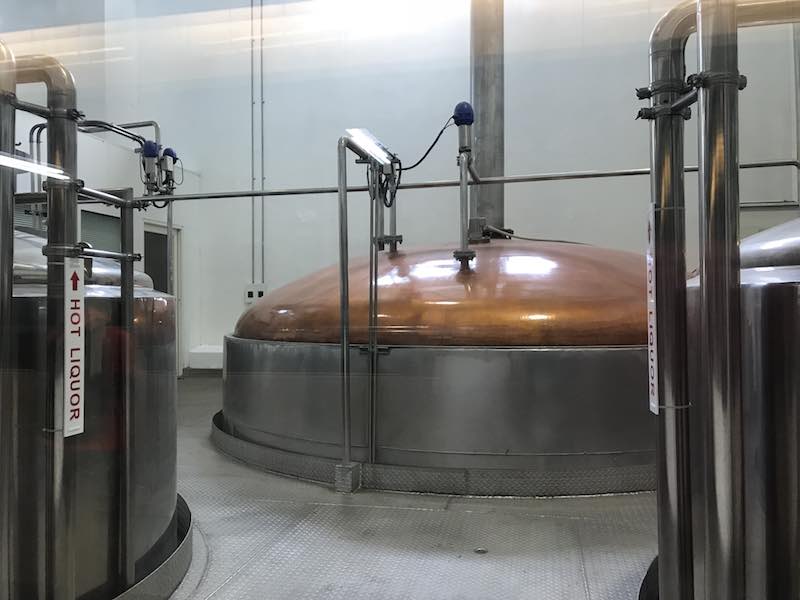
Mash Tun at Work
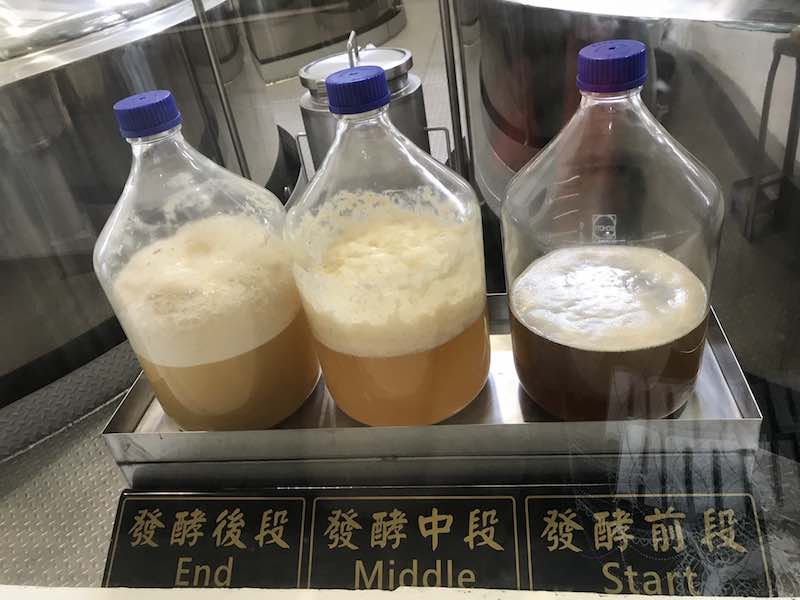
These bottles showed the fermentation process
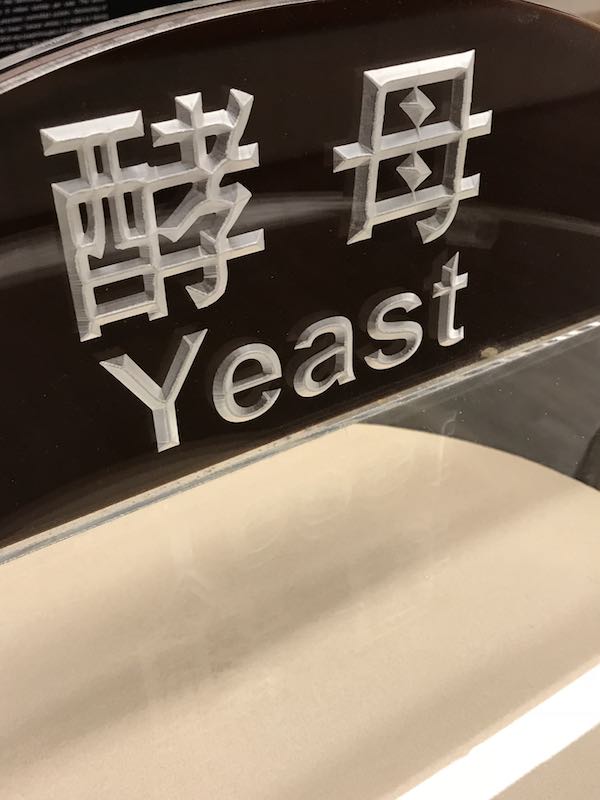
Here’s the yeast that Kavalan used
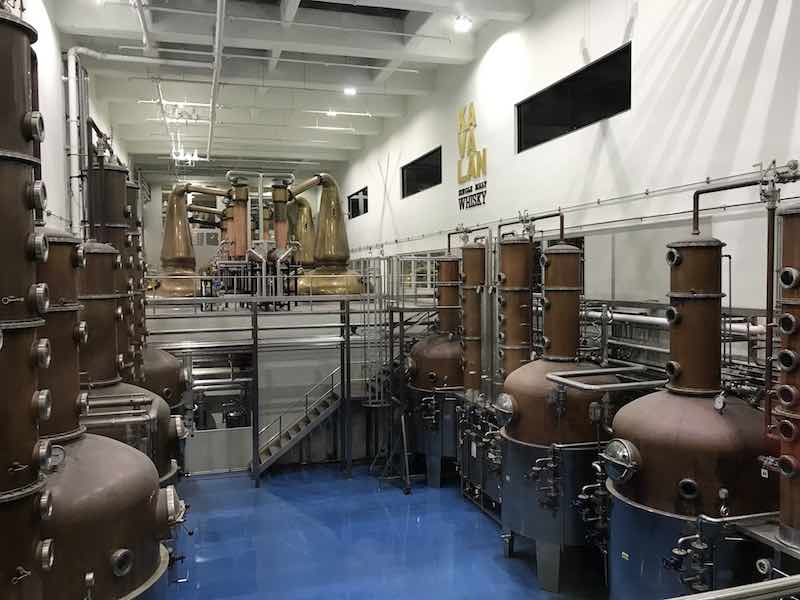
Half of all the stills that we saw
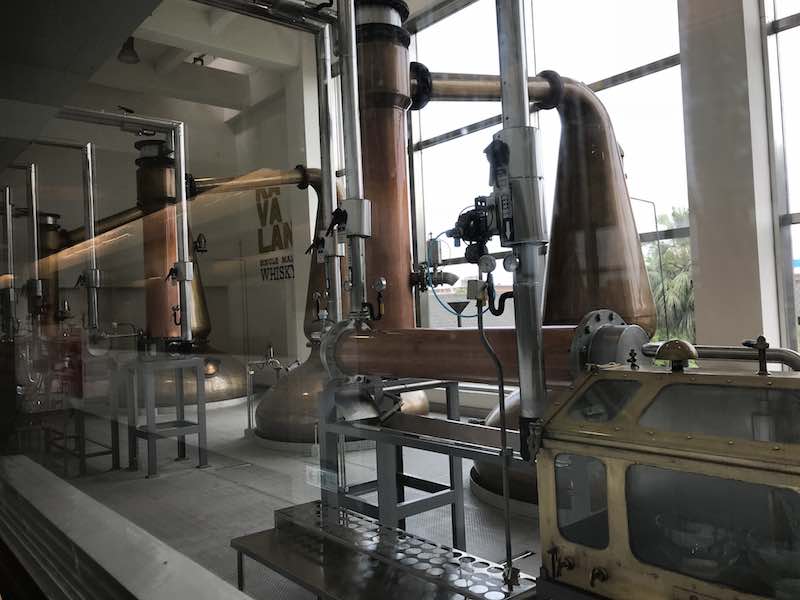
More Stills
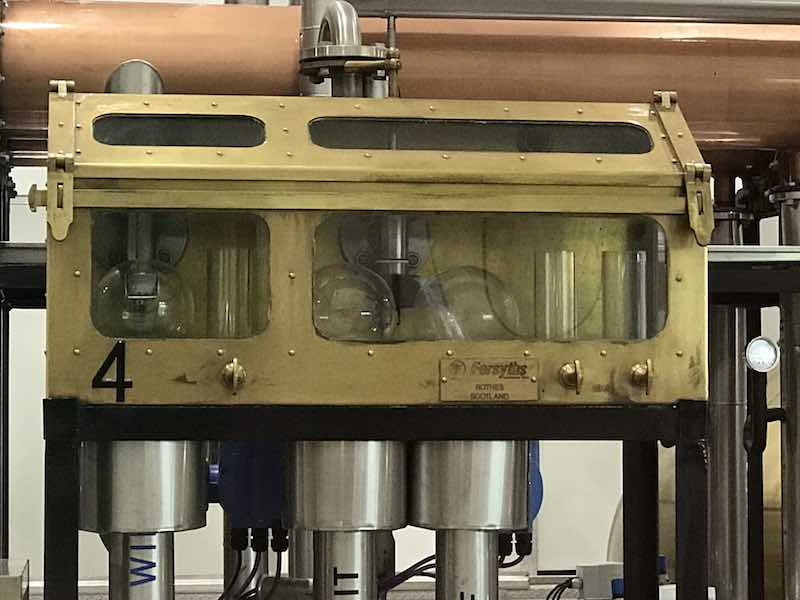
The Spirits Safe
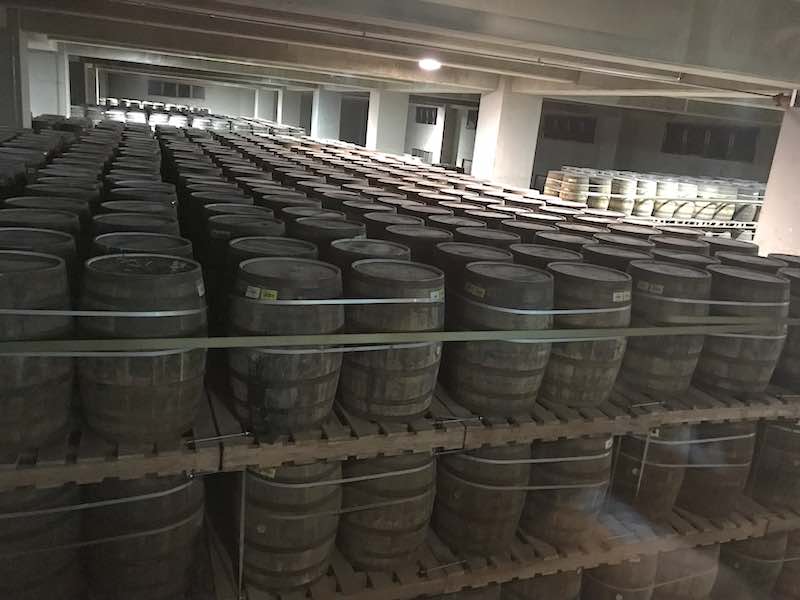
Warehouse
As you can see from the pictures, the whole “tour” was nothing more than just a stroll through a park. It was very different from Nantou Distillery, which we visited last year. The whole process took us less than 30 minutes and bringing our disappointment along with us; we headed to the tasting area. We got a free dram when we entered, but we quickly moved on to the paid tasting.
The Tasting Room
Kavalan has a Tasting Room on the second floor of the building that houses their shop and cafe. It hides in a corner, so you need to do some walking to find it. We paid NTD$400 at their shop and headed upstairs for the tasting. We were given a choice of 4 drams out of the 16 expressions they have, and of course, we went for the single casks.
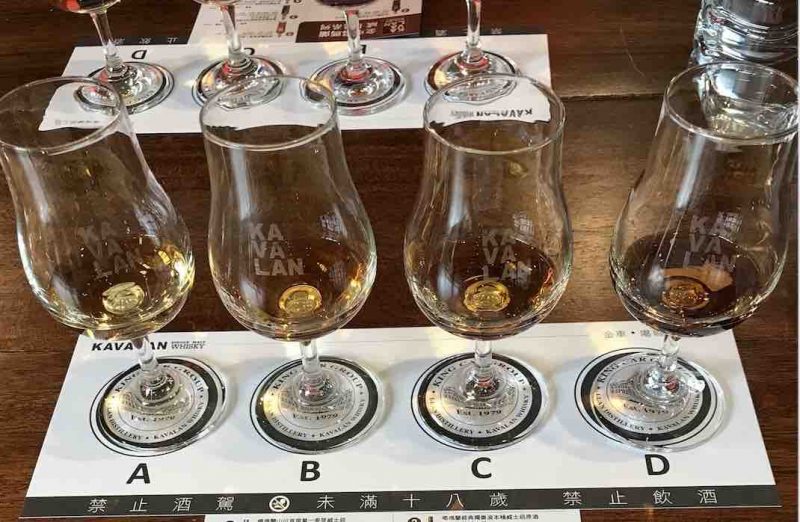
Paid Tasting
Geek Flora chose the following:
- Ex-Bourbon Single Cask Strength
- Manzanilla Sherry Single Cask Strength
- Amontillado Sherry Single Cask Strength
- Oloroso Sherry Single Cask Strength
Geek Choc chose the following:
- Fino Sherry Single Cask Strength
- Vinho Barrique Single Cask Strength
- PX Sherry Single Cask Strength
- Kavalan Distillery Reserve Peat Cask Single Cask Strength
The expressions were a mixture of delicious stuff and those which were lacking. Our favourite turned out to be the Ex-Bourbon, the Manzanilla, the Vinho Barrique and the PX Sherry.
The DIY Blending
After the tasting, we went to the DIY Blending Room where we had previously booked a slot to do our blends. Our job here was to become a master blender and create our special blend. The DIY Blending Experience cost NTD$1,500.
We had three different casks with different flavours. We guess that two of them are ex-bourbon matured and one is an ex-sherry matured. They were labelled A, B and C. A (ex-bourbon) was 40% abv, B (ex-sherry) was 40% abv and C (ex-bourbon) was 46% abv.
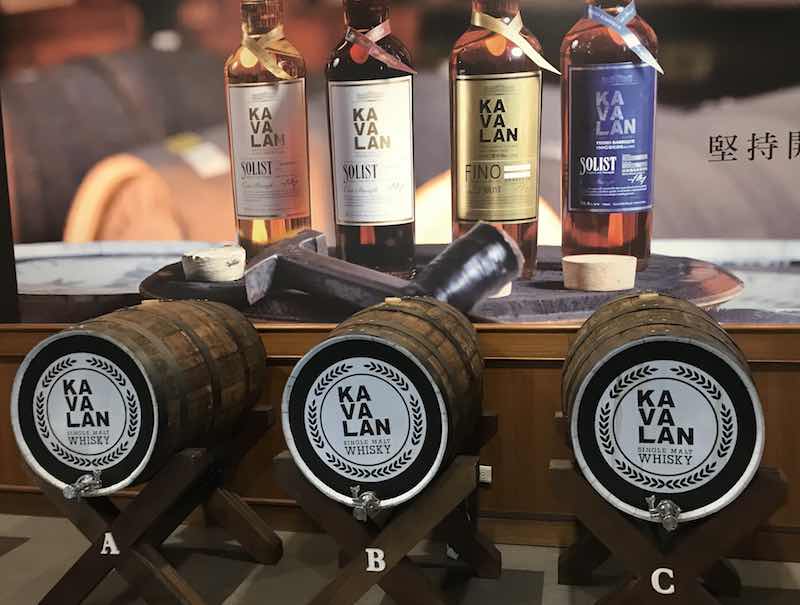
The three casks
The lady manning the room gave us the below setup. Our job was to blend the three liquids given into something that was uniquely our own.
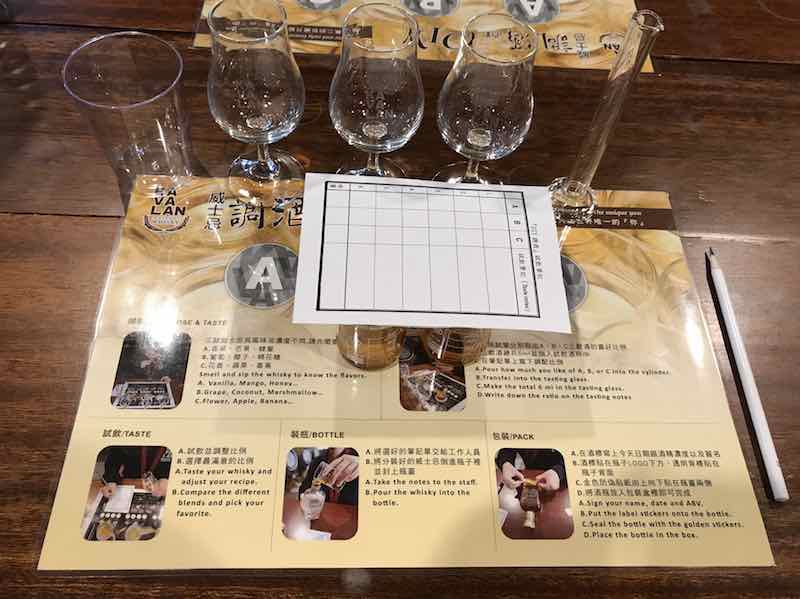
The setup
When we started work, we forgot to take pictures along the way once we got engrossed in the blending. It was a fun and insightful experience where we took a peep into the world of all master blenders. The experience also “helped” us to forget the time! It was later than we thought when we finally finished!
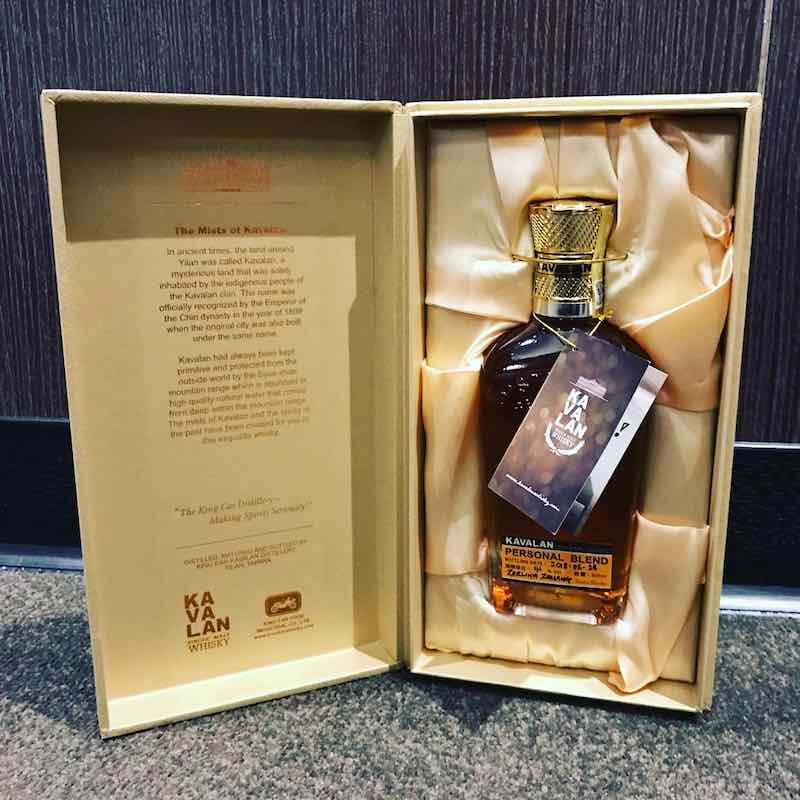
Flora’s Blend
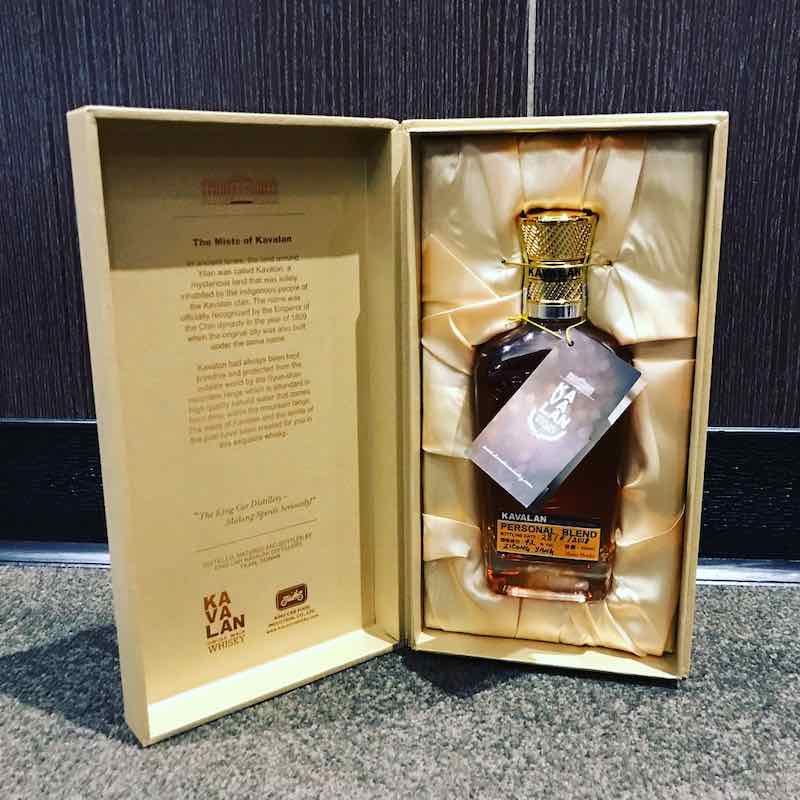
Choc’s Blend
The Rush for the Train
The last part of our journey to Kavalan Distillery was the most stressful one! Due to us forgetting the time, we only managed to get the shop staff to call a cab for us at 5 pm. She dropped us a bomb after that – the cab could only come in 20 minutes! Our train was due at the station at 5.35 pm, so we thought we were going to miss the train. We lamented about paying extra for new tickets but due to the efficiency of the staff at Kavalan, and the experience of the cab driver, we arrived at the station at 5.34pm. With one minute to go, we rushed into the station, and found that our train was late for 3 minutes! We were so glad! We finally boarded the train at 5.37 pm before it went off a minute later. It was such an adventure!
Therefore, if you are heading to Kavalan, we would suggest you go early, and complete the tasting and DIY blending (if you want to do it) before going to the self-guided tour. It would help you to determine the time and of course, call the cab earlier! 😀 Of course, the other option is to stay at Yilan for a couple of days and explore the town.
